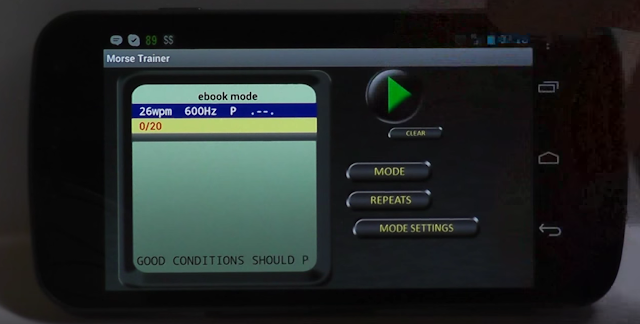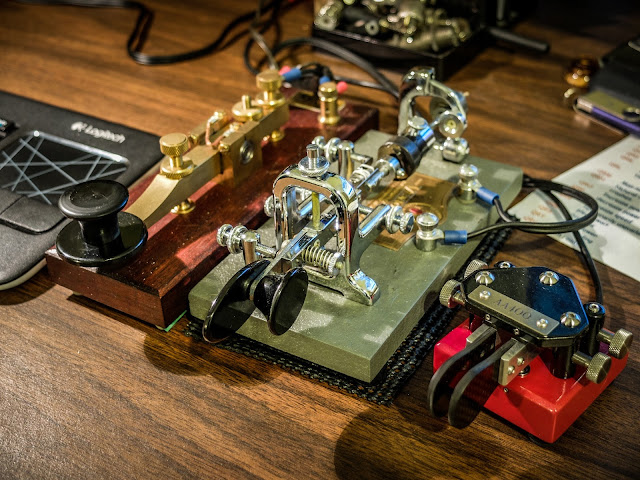Evil RF noise in Ethernet over power adapters
My internet comes in at a corner of the house. In that room I have my cable modem and a WIFI router. Unfortunately the WIFI is seemingly non-existent at the other end of my house and especially in the upper floor opposite the WIFI router. I tried re-orienting it and different antennas to no avail.As a solution, I purchased an Ethernet over powerline adapter. This routed the Ethernet through the house wiring to receivers plugged into outlets at points where the WIFI was weak, thus providing Internet access to those rooms. The model I purchased also had ethernet ports which I needed for some of my older devices.
Ethernet over powerline seemed like an ideal solution.
| Typical Ethernet over powerline adapter |
The Search
I restored the power and fired up my Yaesu HT which has general coverage receive and tuned it to 7030kHz. I walked around the house and conducted a bit of a fox-hunt for the offending noise. The noise occurred at every outlet in the house !!!I tracked it down to one of the Ethernet powerline receivers. I unplugged it from the wall and discovered blissful silence. I figured it had just gone bad. It was out of warranty so back to the store I went and purchased another set. This time it was a different brand, as the first one was no longer carried.
I installed the new adapters and everything was fine... for a time.
Fool me once shame on you, fool me twice shame on me
This week the noise returned with a vengeance. Being wiser I went straight to the new adapter and unplugged it. Yep it had gone bad again. It was in warranty but I'd learned my lesson. Whatever sort of RF filtering these devices have doesn't last. Something zaps them. I can't plug the receiver into a AC line filter because it stops it from receiving the Ethernet over powerline.So out they came and back to the electronics store I went. This time I purchased a WIFI extender with Ethernet ports built-in. I'm back to blissful RF quiet (to a degree) at my QTH.
The moral of the story
If you have RF noise at your shack and you use these devices, check them out. They could be the S9 noise culprit. If you haven't bought them, take my advice and don't chance it.I didn't think a WIFI extender would work for me because my laptop can't even detect the WIFI in some of my rooms but the WIFI extender (at least the Netgear model) seems to work well. I now have blessed Internet in every room and no more broadband RF noise.
That's all for now
So lower you power and raise your expectations (and rid yourself of pesky RF noise)
72/73
Richard, AA4OO
http://hamradioqrp.com







